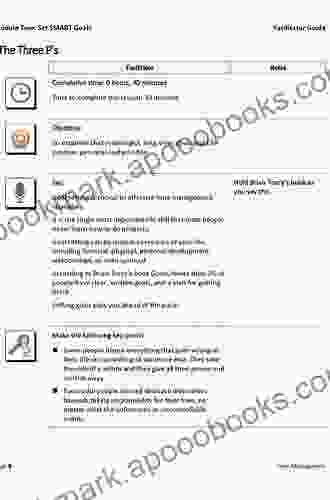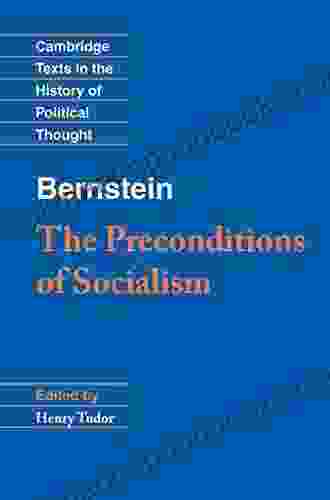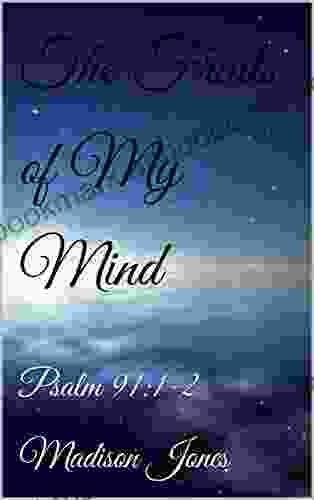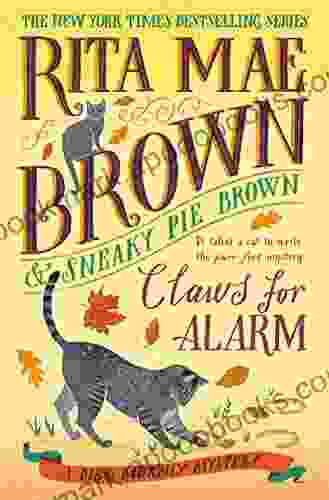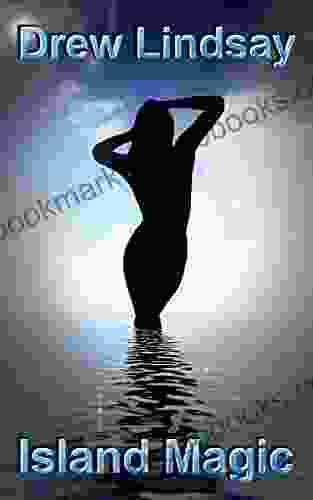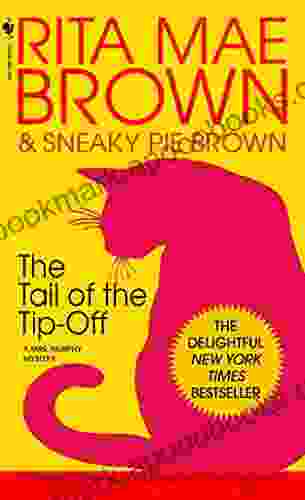Unleashing the Power of Scientific Writing: A Comprehensive Guide for Facilitators

4.4 out of 5
| Language | : | English |
| File size | : | 16412 KB |
| Text-to-Speech | : | Enabled |
| Screen Reader | : | Supported |
| Enhanced typesetting | : | Enabled |
| Word Wise | : | Enabled |
| Print length | : | 176 pages |
| Paperback | : | 170 pages |
| Item Weight | : | 8.8 ounces |
| Dimensions | : | 6.13 x 0.39 x 9.25 inches |
Writing is an essential skill in science, enabling students to communicate their ideas, findings, and s effectively. However, many students struggle with scientific writing, often viewing it as a daunting and complex task. This Facilitator's Guide to Writing in the Science Classroom is designed to empower educators with the knowledge, strategies, and resources they need to create an engaging and transformative writing environment for their students.
Chapter 1: Understanding the Importance of Scientific Writing
This chapter delves into the significance of scientific writing in science education. It explores how writing helps students:
- Develop critical thinking skills
- Improve their understanding of scientific concepts
- Communicate their ideas effectively
- Prepare for higher-level science courses and careers
The chapter also discusses the challenges students face in scientific writing and provides strategies for addressing them.
Chapter 2: Establishing a Supportive Writing Environment
Creating a supportive and encouraging writing environment is crucial for student success. This chapter provides practical tips for:
- Establishing clear expectations and grading criteria
- Providing constructive feedback and support
- Creating opportunities for students to share and peer review their work
- Incorporating technology and resources to enhance the writing process
It also emphasizes the importance of collaboration and mentorship in fostering students' writing skills.
Chapter 3: Guiding Students through the Scientific Writing Process
This chapter breaks down the scientific writing process into manageable steps, with detailed guidance for each stage:
- Planning and research
- Drafting
- Revising and editing
- Finalizing and submitting
Each step is explained with clear instructions, examples, and activities to support student learning. The chapter also includes strategies for scaffolding instruction and differentiating activities based on student needs.
Chapter 4: Engaging Activities and Lesson Plans
This chapter provides a treasure trove of engaging activities and lesson plans designed to enhance students' writing skills. These activities include:
- Writing scientific reports and summaries
- Developing scientific arguments
- Writing scientific narratives
- Conducting literature reviews
- Creating scientific posters
Each activity is aligned with specific learning objectives and includes detailed instructions, materials, and assessment strategies.
Chapter 5: Assessment and Evaluation
This chapter discusses various assessment strategies for evaluating students' scientific writing. It covers:
- Formative and summative assessments
- Rubrics and scoring guides
- Self-assessment and peer review
- Using technology for assessment and feedback
The chapter also provides guidance on tracking student progress and providing targeted support.
Chapter 6: Resources for Educators
This chapter provides a comprehensive list of resources for educators to support their instruction:
- Professional development opportunities
- Curriculum materials
- Online resources
- Assessment tools
- Technology tools
It also includes recommendations for further reading and research on scientific writing.
Additional Features
- Numerous examples and case studies
- Activities and lesson plans aligned with national science standards
- Annotated bibliography of research on scientific writing
- Glossary of scientific writing terms
- Interactive companion website with downloadable resources
The Facilitator's Guide to Writing in the Science Classroom is an indispensable resource for educators who are committed to empowering their students as effective scientific writers. This comprehensive guide provides a wealth of knowledge, strategies, and tools to create a supportive and engaging writing environment where students can develop their skills, confidence, and passion for scientific writing.
4.4 out of 5
| Language | : | English |
| File size | : | 16412 KB |
| Text-to-Speech | : | Enabled |
| Screen Reader | : | Supported |
| Enhanced typesetting | : | Enabled |
| Word Wise | : | Enabled |
| Print length | : | 176 pages |
| Paperback | : | 170 pages |
| Item Weight | : | 8.8 ounces |
| Dimensions | : | 6.13 x 0.39 x 9.25 inches |
Do you want to contribute by writing guest posts on this blog?
Please contact us and send us a resume of previous articles that you have written.
 Book
Book Novel
Novel Page
Page Chapter
Chapter Text
Text Story
Story Genre
Genre Reader
Reader Library
Library Paperback
Paperback E-book
E-book Magazine
Magazine Newspaper
Newspaper Paragraph
Paragraph Sentence
Sentence Bookmark
Bookmark Shelf
Shelf Glossary
Glossary Bibliography
Bibliography Foreword
Foreword Preface
Preface Synopsis
Synopsis Annotation
Annotation Footnote
Footnote Manuscript
Manuscript Scroll
Scroll Codex
Codex Tome
Tome Bestseller
Bestseller Classics
Classics Library card
Library card Narrative
Narrative Biography
Biography Autobiography
Autobiography Memoir
Memoir Reference
Reference Encyclopedia
Encyclopedia Werner Sonne
Werner Sonne Wallace Wright
Wallace Wright Mark Weakland
Mark Weakland Natalia Mazzoni
Natalia Mazzoni William Davies
William Davies Ed Sykes
Ed Sykes The French Femme
The French Femme E N Richardson
E N Richardson Helen Hoang
Helen Hoang Tom Gerou
Tom Gerou Fernanda Young
Fernanda Young Earl Derr Biggers
Earl Derr Biggers Eleni Maria Georgiou
Eleni Maria Georgiou Fred Colby
Fred Colby Premilla Nadasen
Premilla Nadasen Gary Kuchar
Gary Kuchar Greg Gutfeld
Greg Gutfeld Helen Raleigh
Helen Raleigh Debtors Anonymous
Debtors Anonymous Tara Michelle Fischer
Tara Michelle Fischer
Light bulbAdvertise smarter! Our strategic ad space ensures maximum exposure. Reserve your spot today!
 Kurt VonnegutFollow ·12.8k
Kurt VonnegutFollow ·12.8k Isaiah PowellFollow ·9.1k
Isaiah PowellFollow ·9.1k Warren BellFollow ·9.8k
Warren BellFollow ·9.8k Ray BlairFollow ·18.5k
Ray BlairFollow ·18.5k Jon ReedFollow ·10.4k
Jon ReedFollow ·10.4k Shannon SimmonsFollow ·5.8k
Shannon SimmonsFollow ·5.8k Dawson ReedFollow ·2.7k
Dawson ReedFollow ·2.7k Dominic SimmonsFollow ·6k
Dominic SimmonsFollow ·6k
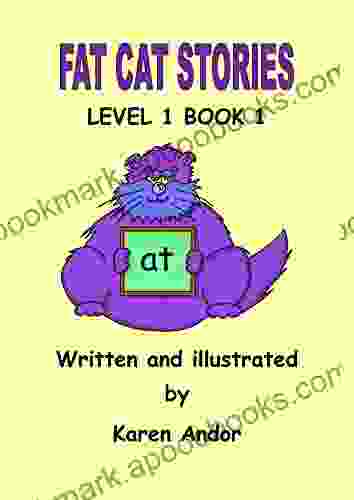
 Eugene Powell
Eugene PowellFat Cat Stories: Level At Word Family - A Purrfect Start...
Introducing the 'At'...
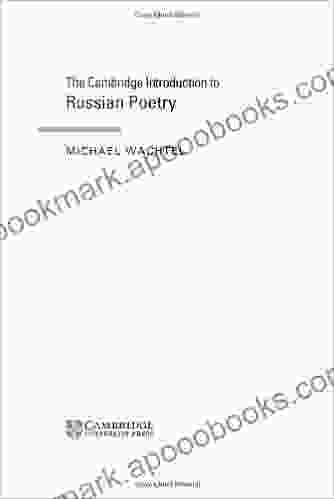
 William Powell
William PowellUnveiling the Treasures of Russian Poetry: The Cambridge...
Immerse yourself in the...

 Roberto Bolaño
Roberto BolañoUnveiling the Treasures of Beowulf: A Guided Tour with...
: Delving into the...
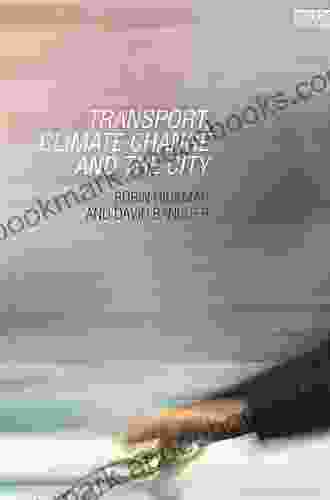
 Foster Hayes
Foster HayesTransport, Climate Change and the City: Tackling Urban...
Transport is a major...

 Calvin Fisher
Calvin FisherHow To Make It In The Music Industry: The Ultimate Guide...
Are you an aspiring musician with...
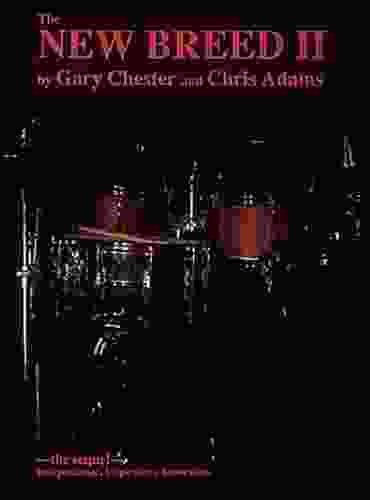
 Rick Nelson
Rick NelsonUnveiling the Enigmatic World of Gary Chester's "The New...
Step into a World...
4.4 out of 5
| Language | : | English |
| File size | : | 16412 KB |
| Text-to-Speech | : | Enabled |
| Screen Reader | : | Supported |
| Enhanced typesetting | : | Enabled |
| Word Wise | : | Enabled |
| Print length | : | 176 pages |
| Paperback | : | 170 pages |
| Item Weight | : | 8.8 ounces |
| Dimensions | : | 6.13 x 0.39 x 9.25 inches |


